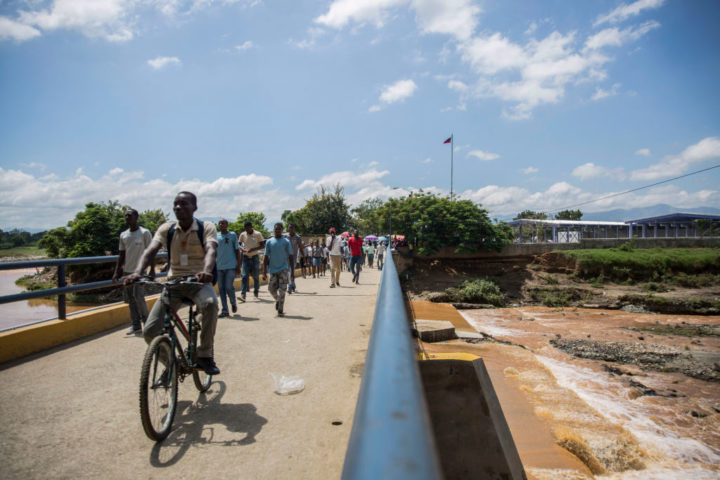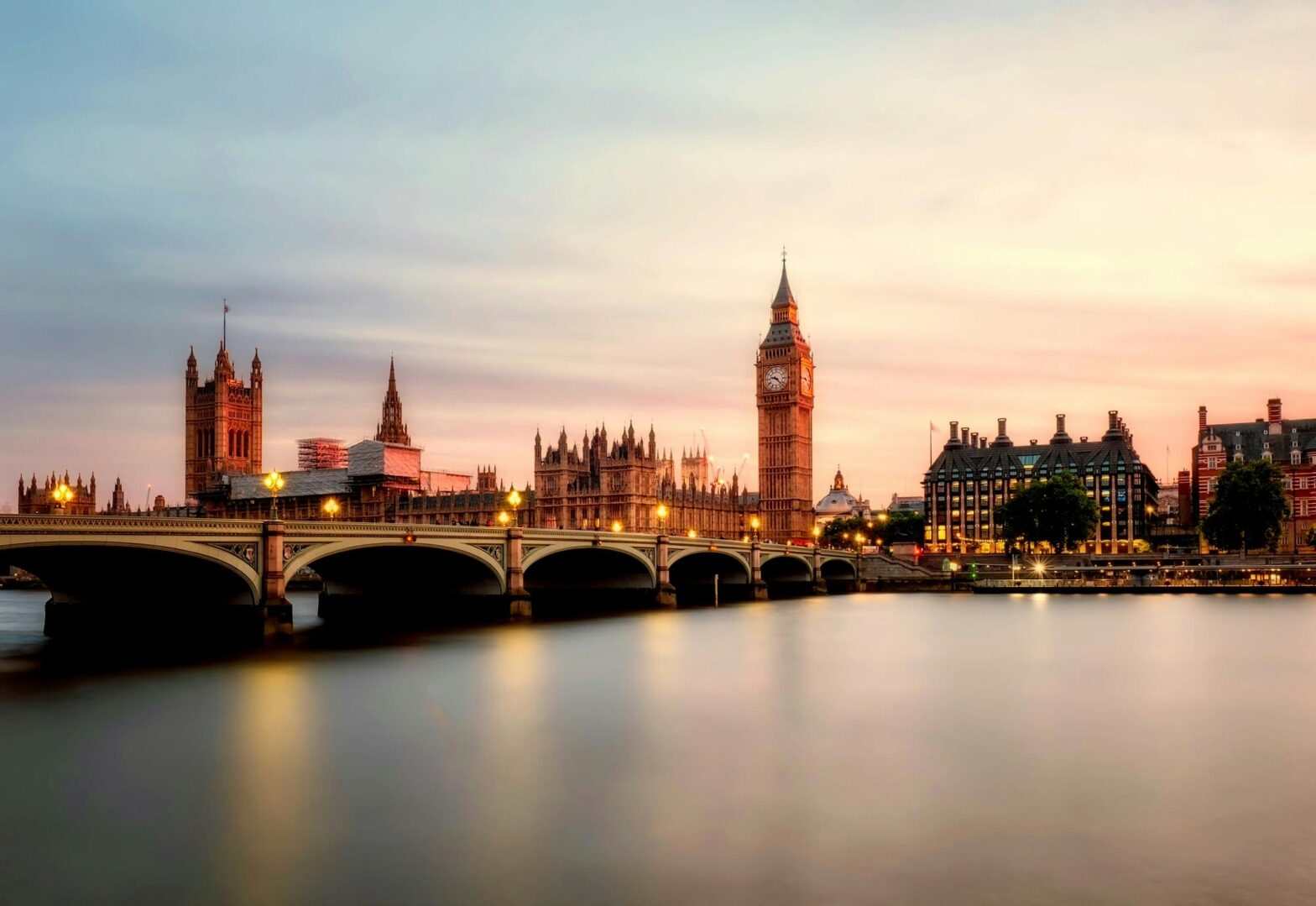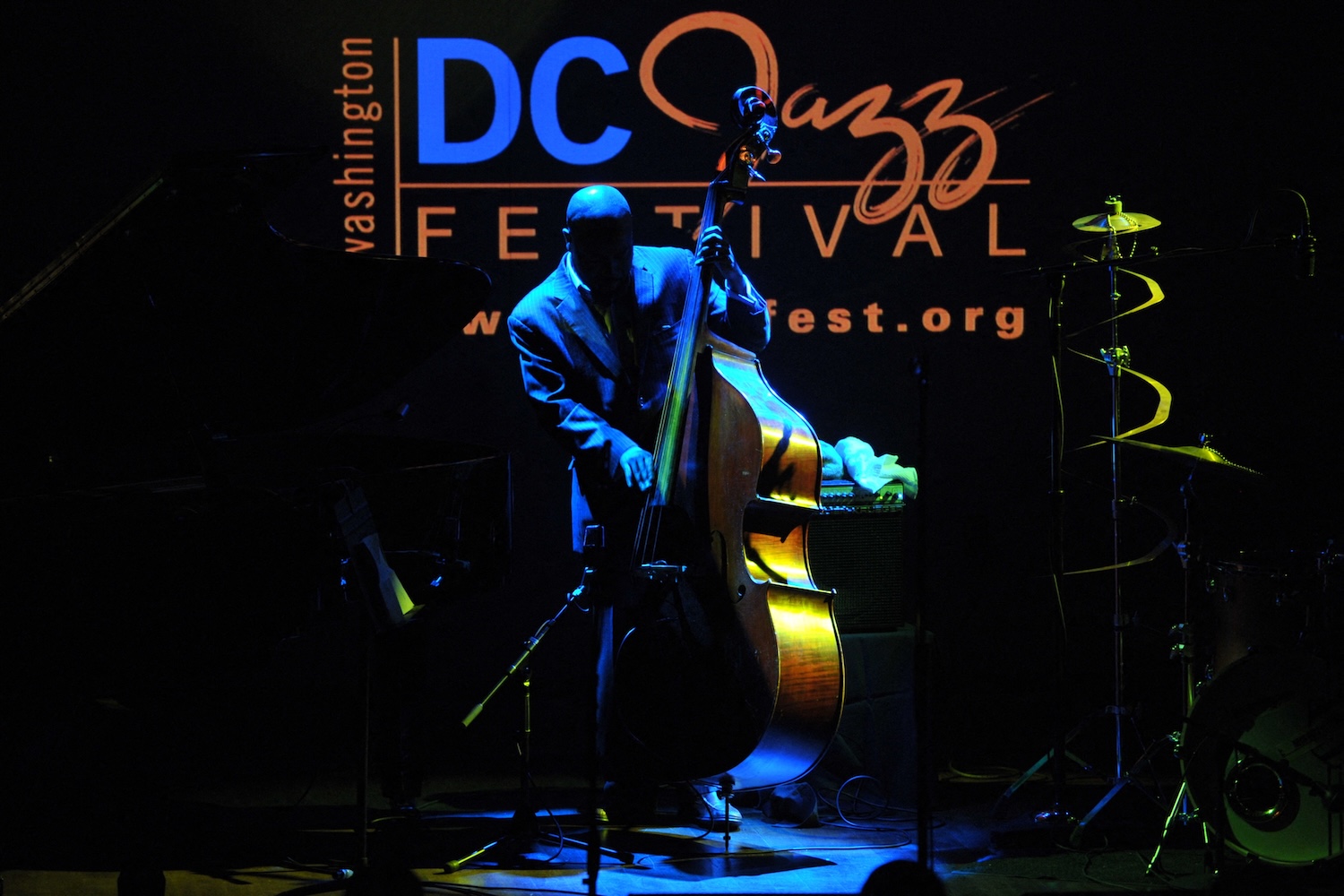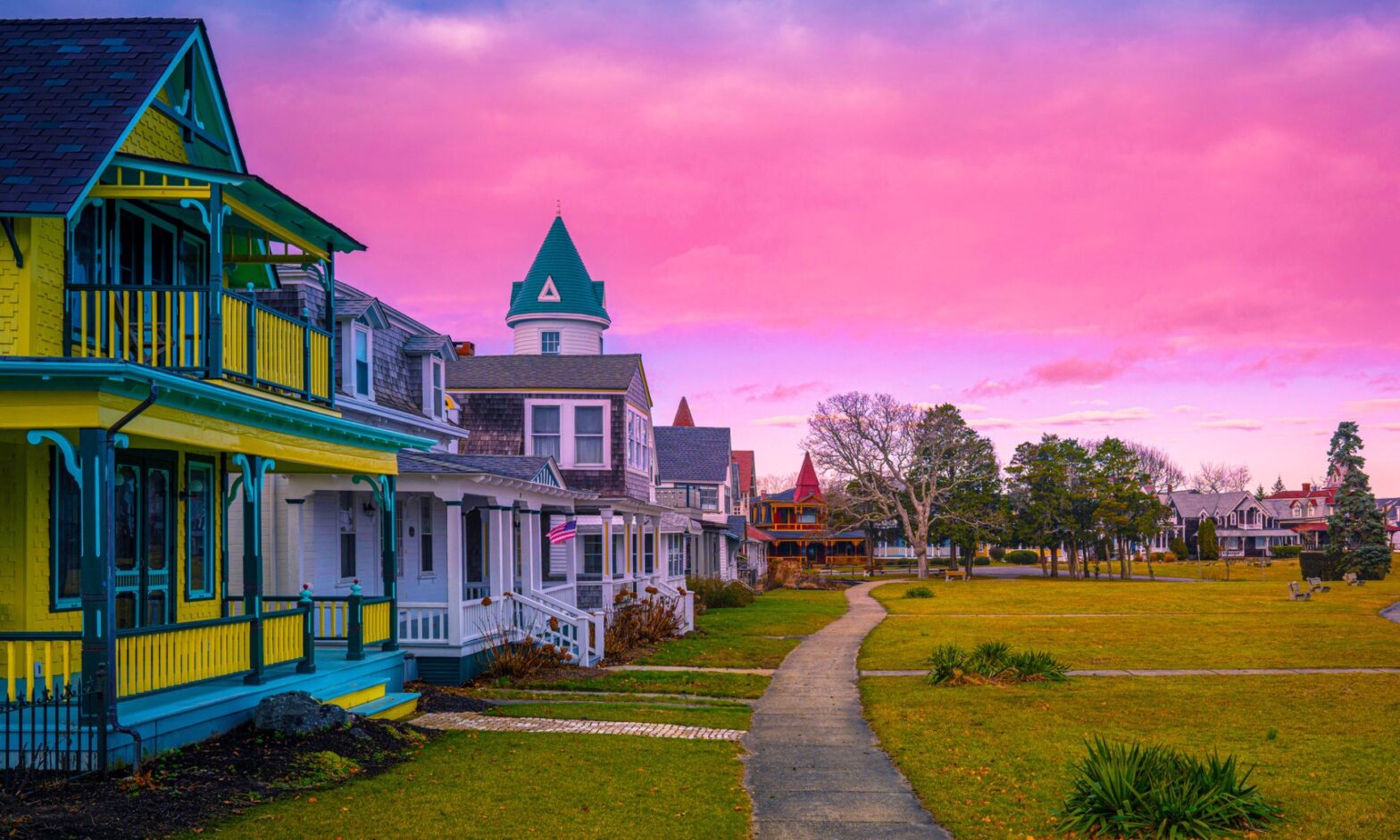“It is clearly an illegal act, it is an immoral act, it is a racist act by the Dominican government,” is how New York City Mayor Bill de Blasio described Dominican Republican officials threats to deport hundreds of thousands of migrant workers born outside the country for failing to log their presence on the country’s register.
“And it’s happening because these people are black,” he added.
The New York City mayor made these comments back in 2015 when other leaders from around the world chimed in to condemn Dominican Republic leaders for their decision to erase birthright citizenship from Haitians.
“This is not a migrant issue of immigration and Haitians coming over; this is an issue of human rights,” Miami County City Council member Alix Desulme told Miami Herald reporters.
Sadly, not much has changed.
Related Post: 5 Reasons Why You Should Choose Haiti As A Destination
A Look Back
To understand what is happening to Haitians in the Dominican Republic, it’s important first to understand the history between the two countries that occupy Hispaniola. Hispaniola is part of the Caribbean island group known as the Greater Antilles and is considered the second largest island after Cuba.
The Republic of Haiti and the Dominican Republic make up Hispaniola. Even those these countries are neighbors, sharing both the same island and colonial history, they are vastly different.
Haiti officially gained its independence from France in 1804 by self-liberated slaves who were anti-colonialism through what is known today as the Haitian Revolution. After breaking away from French rule, the country claimed the titled as the world’s first black republic.
But that independence came with a cost that involved Haiti paying back France 90 million gold francs over 30 years to compensate former plantation owners who lost their property as a result of Haiti’s newfound independence.
Another cost was isolation from the rest of the world. There were growing concerns that slaves from other countries in the Americas would rebel as well.
Across the border, shortly after Haiti gained its independence from France, the Dominican Republic gained independence from Spain in 1844. According to a documentary by Vox Borders, the differences in economic success between the Dominican Republic and Haiti dates back to colonial days.
Before Haitian slaves rebelled against French occupiers, the French exploited the land for its sugar cane and coffee to make Haiti an economic hub. The Spaniards, however, had a different approach that didn’t involve exploiting the land. As a result, there were fewer slaves sent to the island. Eventually, the Spaniards integrated with the indigenous people left on the island through marriage and developed political systems, according to Vox Borders.
Related Post: Haiti Takes Major Steps To Bring Tourists Back To The Country
At the point when Haiti became independent, the land was already exploited, therefore destroying the fertility of the land. When you combine the fact that Haiti owed a debt to France with no means of making as much money due to overuse of land, isolation from the rest of world based on the color of their skin, and corruption, Haiti was faced with a disadvantage in developing stability.
Fast Forward To Present-Day
Within the Dominican Republic, there have always been anti-Haitian sentiments from the people.
In 1991, more than 14,000 Haitians and Dominican-Haitians were deported, and another 40,000 fled from the Dominican Republic in retaliation against Haitian President Jean-Bertrand Aristide’s harsh criticism of Dominican treatment of Haitian migrant workers, as reported in Foreign Policy.
Then in 2013, Dominican Republican’s Constitutional Court passed a law that revoked the citizenship of Dominicans born after 1929 to parents who were not of Dominican ancestry. Before the changes, the constitution stated that anyone born in the Dominican Republic were automatically considered citizens.
So what changed?
The devastation and economic stress as a result of the 2010 earthquake that killed more than 200,000 people in Haiti is what scholars believe to have renewed tensions between the nations. A surge of Haitians looking for work arrived to the Dominican Republic.
Because of the Constitutional Court’s ruling, more than 133,000 people became stateless. The International Organization for Migration has reported that over 160,000 people moved back to Haiti voluntarily between June 2015 and December 2016, while approximately 54,500 were officially deported, according to the New York Review of Books.
What, Exactly, Is Happening With Haitians in The Dominican Republic?
Let’s call a spade a spade: what’s happening to Haitians in the Dominican Republic is a clear human rights abuse.
Back in 2014, the American Court of Human Rights issued a ruling condemning the Dominican government for violating 11 articles of the American Convention on Human Rights, including the right to nationality. In response, the Dominican government withdrew from the treaty.
Right now, an estimated half-million Haitians are living in the Dominican Republic, a country of about 10 million people.
The Dominican Republic’s economy continues to grow and with the availability of cheap Haitian labor for jobs that Dominican Republicans would not take, Haitians have proved to be the backbone for the Dominican’s strong economic growth even though they’re not welcome, according to the New York Review of Books.
As a result of the anti-immigration and birth-right policies, fear runs high, violence plagues the country along the border, and Haitian people are treated like animals, if not worse.
Let’s add the Dominican Republic to the list of countries that don’t deserve your black dollars in 2019.





